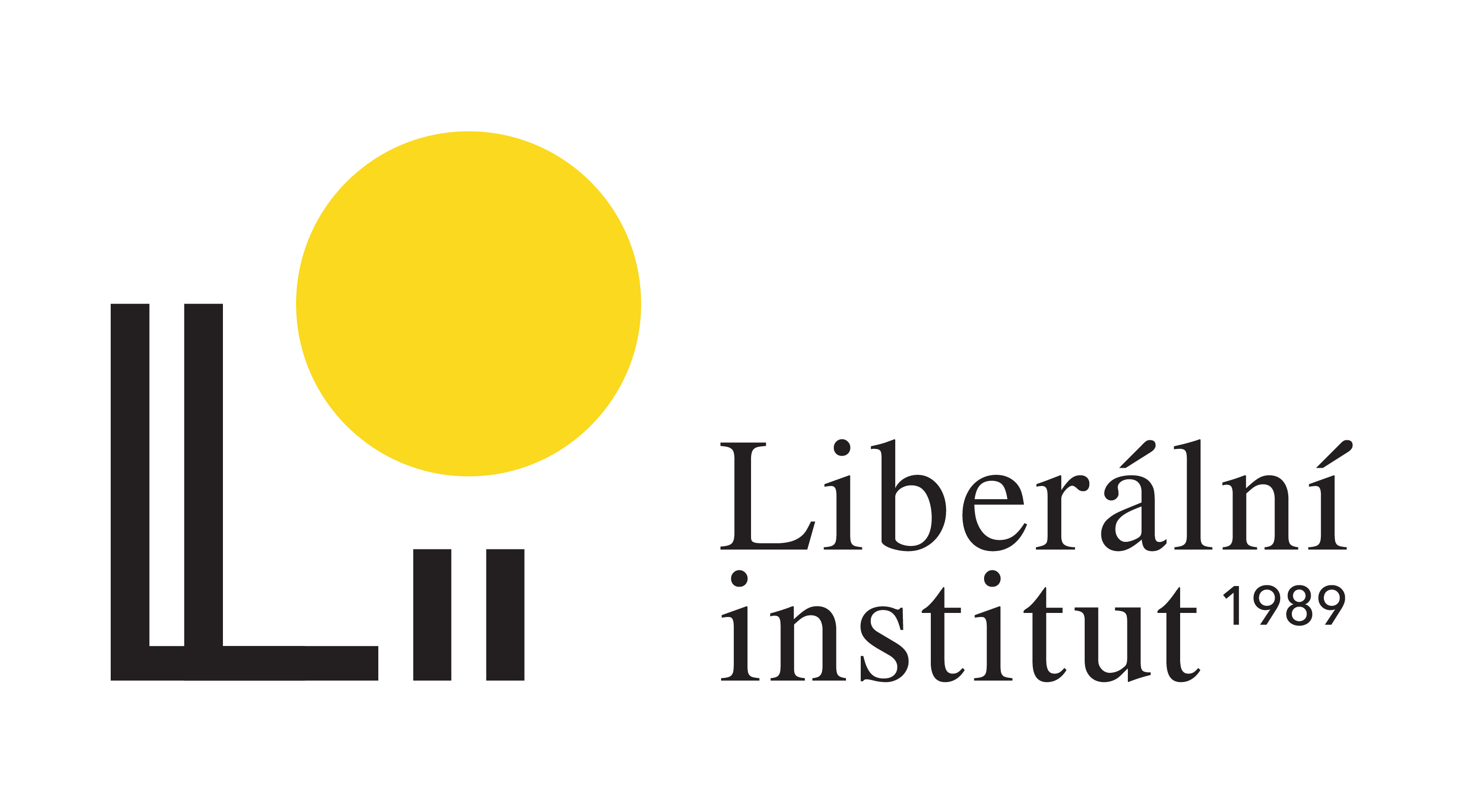EU structural funds are one of the most important benefits that we, countries from CEE, enjoy after joining the European Union. Those are the funds that really help our countries catch up, give money which we see every day while driving on new roads, travelling by new trains.
Nowadays, we hear a lot about negotiations of the EU budget. Politicians from European countries are deciding where the money should go, which spheres should be cut off from funding, and which should get more of it. Here comes the question. Should we ‘fight’ for every single euro, or should we give it up? In my opinion we should fight. We are the fastest developing countries of the EU. But let’s remember that in our situation development doesn’t mean that we are also as developed as for example Germany, France or Austria. That’s why in order to reach the level of those states, our countries must be the biggest beneficiaries of the European Structural Funds.
Saying the words ‘biggest beneficiaries’, we must bear in mind the fact that big part of the EU zone is in financial crisis. That’s why the new budget has to be very carefully considered. EU institutions need an assurance that the money from redistribution programs will go to places where it is really needed. It is necessary to avoid situations from the 2007-2013 budget when money from EU Structural Funds were given to website’s and training companies which didn’t really produce the added value to countries economy. The money should support more research and development projects. Supporting this kind of work can give a real boost to the economies of our countries. We hear a lot about new projects coming from the USA where expenditures on R&D (in 2011) were 405.3 billion dollars, which was 2.7% of GDP. Poland, which is the first country on this list (by money) from our region, spent 0.9% of its GDP – 6.9 billion dollars; the Czech Republic spent 3.8 billion dollars – 1.4% of GDP, Hungary – 1.7 billion dollars – 0.9% of GDP. Of course, we are smaller countries than USA but this shows that R&D shouldn’t be forgotten and that the money on R&D is needed and should be spent. With the help of EU funds, our expenses can increase. That’s why for us a bigger budget means a better budget.
Let’s now have a quick look at Poland and the Czech Republic to see how the funds from previous budget perspective were distributed and how important they were. According to the Polish Ministry of Regional Development, about 80,000 contracts were signed in Poland for co-financing with beneficiaries, for the amount of 82 billion of EUR, the amount of co-funding on the part of the EU of 58 billion EUR, which constitutes 83.7 percent of allocation for the 2007-2013 period (30 December 2012). The biggest donations were made to infrastructure projects, for example: A1 highway in Poland – 1.2 billion EUR, second line of subway in Warsaw – 700,000 million EUR, A4 highway in Poland – 650,000 million EUR. The Czech Republic: Prague-Strancice railway line – 104,000 million EUR. Those are just a few examples of investments made with the help of European Structural Funds. As we can see the numbers are quite impressive and there can be a feeling that there is no need of any correction.
But experience from the previous budget shows that there are many areas in EU Structural Funds that can be improved. A new perspective is a great opportunity to eliminate system mistakes. The most important changes will be: seeking to establish one level of intervention for the investment priority or type of activity, resignation from the use of the quota criterion, application of no more than two division criteria at the same time.
The example of changes can be found in the European Social Fund Program. In the new budget perspective, system solutions and reforms will be supported at the national level and the rest of it, which is 70-80% of ESF funds, will be disposed of on the regional level. It will make the process more effective. The same applies to the European Regional Development Fund. Also in this program there will be a tendency to increase competence of regions. Decentralization will not affect all of the spheres. System and infrastructure reforms of national importance will still be conducted from the headquarters. This will mean a better redistribution of funds.
Now let us consider the liberal view. An encyclopaedia explains ‘economic liberalism’ as a system of economic ideas and principles based on the neutrality of the country and its economy. So, in the easiest words, donations that countries give to the applicants through redistribution programs aren’t liberal – they are social. In my opinion, in the world where we live right now, and most of all, looking at the stage at which our countries are, we cannot be 100% economic liberals. Let’s recall what our countries looked like more than 20 years ago compared to European Communities. We have made a great transformation! From the time when we joined EU zone, our modernization has been even faster. It is faster also because of the EU funds.
Concluding, the new budget should be seriously considered, but it also should put great emphasis on the development projects. It should start from the assumption that careful money spending will bring greater value to the country’s economy. A new perspective is a new challenge. Let’s not miss the opportunity for our countries to evolve.
























